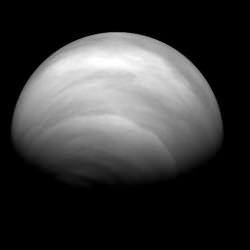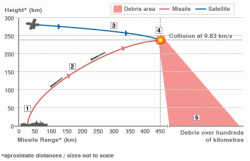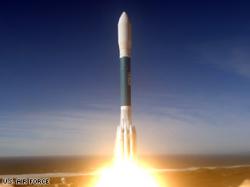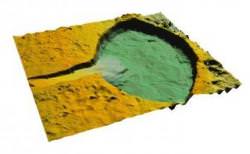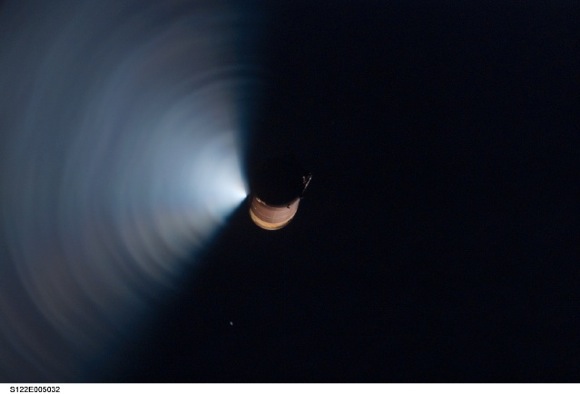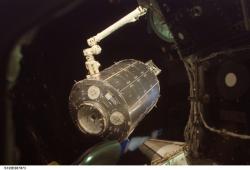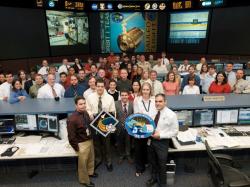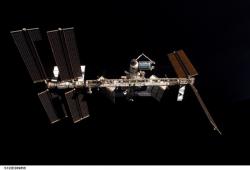Building the first Moon base will be the biggest challenge mankind has ever embarked on. We can already speculate about the hazards, natural and manmade, associated with a human presence on the lunar surface. In response, we already have some habitat structures in mind – ranging from inflatable structures to underground burrows inside ancient lava vents. Now it is about time we seriously start designing our first habitat structure, protecting us from micrometeorites, sustaining terrestrial pressures and using locally mined materials where we can…
In Part 1 of this “Building a Moon Base” series, we looked at some of the more obvious hazards associated with building a base on another planet. In Part 2, we explored some of the current design concepts for the first manned habitat on the Moon. The designs ranged from inflatable structures, habitats that could be constructed in Earth orbit and floated to the lunar surface, to bases hollowed out of ancient lava tubes under the surface. All concepts have their advantages, but the primary function must be to maintain air pressure and reduce the risk of catastrophic damage should the worst happen. This third installment of the series deals with the basic design of a possible lunar base which optimizes space, makes maximum use of locally mined materials and provides protection from the constant threat of micrometeorites…
“Building a Moon Base” is based on research by Haym Benaroya and Leonhard Bernold (“Engineering of lunar bases“)
The key factors influencing structural designs of habitats on the Moon are:
- One-sixth terrestrial gravity.
- High internal air pressure (to maintain human-breathable atmosphere).
- Radiation shielding (from the Sun and other cosmic rays).
- Micrometeorite shielding.
- Hard vacuum effects on building materials (i.e. out gassing).
- Lunar dust contamination.
- Severe temperature gradients.
In addition to addressing these issues, the lunar structures must be easy to maintain, inexpensive, easy to construct and compatible with other lunar habitats/modules/vehicles. To achieve inexpensive construction, as much local material must be used as possible. The raw material for inexpensive construction could be the plentiful quantities of regolith readily accessible on the lunar surface.
As it turns out, lunar regolith has many useful properties for construction on the Moon. To complement lunar concrete (as introduced earlier in Part 2), basic building structures may be formed from cast regolith. Cast regolith would be very similar to terrestrial cast basalt. Created by melting regolith in a mold and allowing it to cool slowly would allow a crystalline structure to form, resulting in highly compressive and moderately tensile building components. The high vacuum on the Moon would greatly improve the manufacturing process of the material. We also have experience here on Earth in how to create cast basalt, so this isn’t a new and untested method. Basic habitat shapes could be manufactured with little preparation of the raw materials. Elements like beams, columns, slabs, shells, arch segments, blocks and cylinders could be fabricated, each element having ten times the compressive and tensile strength of concrete.
There are many advantages to using cast regolith. Primarily, it is very tough and resistant to erosion by lunar dust. It could be the ideal material to pave lunar rocket launch sites and construct debris shields surrounding landing pads. It could also make ideal shielding against micrometeorites and radiation.
OK, now we have basic building supplies, from local material, requiring minimum preparation. It is not too hard to imagine that the process of fabrication cast regolith could be automated. Prior to a human even setting foot on the Moon, a basic, pressurized habitat shell could be created, waiting for occupation.
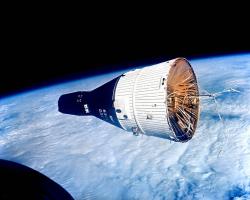
But how big should the habitat be? This is a very tough question to answer, but the upshot is that if any lunar habitat will be occupied for long periods, it will have to be comfortable. In fact, there are NASA guidelines stating that, for missions of longer than four months, the minimum volume required by each individual should be at least 20m3 (from NASA Man Systems Integration
Standards, NASA STD3000, in case you were wondering). Compare the needs of long-term habitation on the Moon with the short-term Gemini missions in the mid-1960’s (pictured). The habitable volume per crewmember in Gemini was a cosy 0.57m3… fortunately these early forays into space were short. Despite NASA regulations, the recommended volume per crewmember is 120m3, approximately the same as the living space on the International Space Station. A similar space will be required inside future habitats on the Moon for crew wellbeing and mission success.
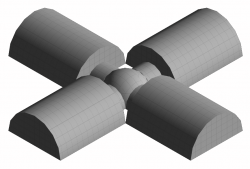
From these guidelines, habitat designers can work on how best to create this living volume. Obviously, floor space, habitat height and functionality will need to be optimized, plus space for equipment, life support and storage will need to be factored in. In a basic habitat design by F. Ruess, J. Schänzlin and H. Benaroya from a publication entitled “Structural design of a lunar habitat” (Journal of Aerospace Engineering, 2006), a semi-circular, “hangar” shape is considered (pictured).
The shape of a load-bearing arch is a close ally for structural engineers, and arches are expected to be a major component for habitat design as structural stresses can be evenly distributed. Of course, architectural decisions such as the stability of the underlying material and slope angle would have to be made whilst building the habitat foundations, but this design is expected to address many of the issues associated with lunar construction.
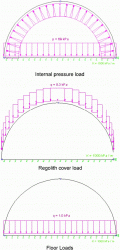
The biggest stress on the “hangar” design will come from internal pressure acting outward, and not from gravity acting downward. As the habitat interior will need to be held at terrestrial pressures, the pressure gradient from interior to the vacuum of the exterior would exert a massive strain on the construction. This is where the arch of the hangar becomes essential, there are no corners, and therefore no weak spots can degrade integrity.
Many more factors are considered, involving some complex stress and strain calculations, but the above description gives a taste as to what structural engineers must consider. By constructing a rigid habitat from cast regolith, the building blocks for a stable construction can be built. For added protection from solar radiation and micrometeorites, these arched habitats could be built side-by-side, interconnecting. Once a series of chambers have been built, loose regolith could be laid on top. The thickness of the cast regolith will also be optimized so the density of the fabricated material can provide extra protection. Perhaps large slabs of cast regolith could be layered on top.
Once the basic habitat modules are constructed, the layout of the settlement can begin. Lunar “city planning” will be another complex task and many module configurations must be considered. Five main module configurations are highlighted: Linear, Courtyard, Radial, Branching and Cluster.
The infrastructure of the future lunar settlement depends on many factors, however, and will be continued in the next instalment.
“Building a Base Moon” is based on research by Haym Benaroya and Leonhard Bernold (“Engineering of lunar bases“)
Article based on published work by Haym Benaroya and Leonhard Bernold: “Engineering of lunar bases”

